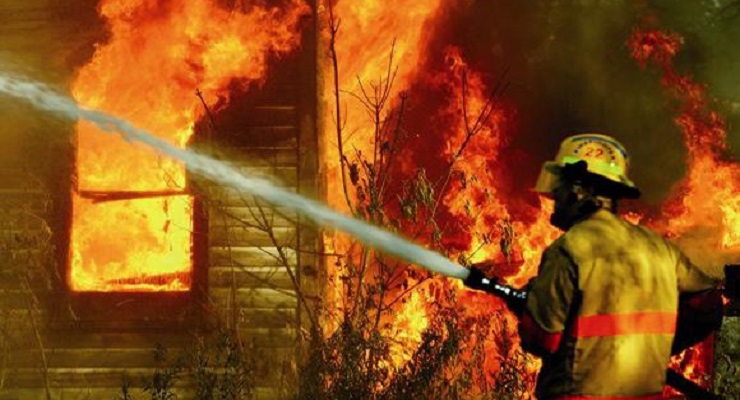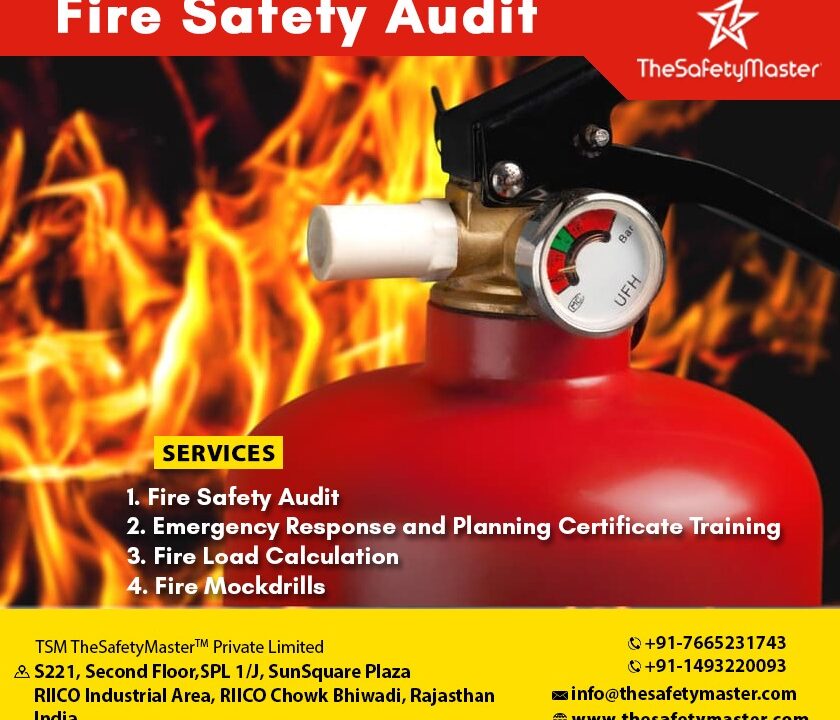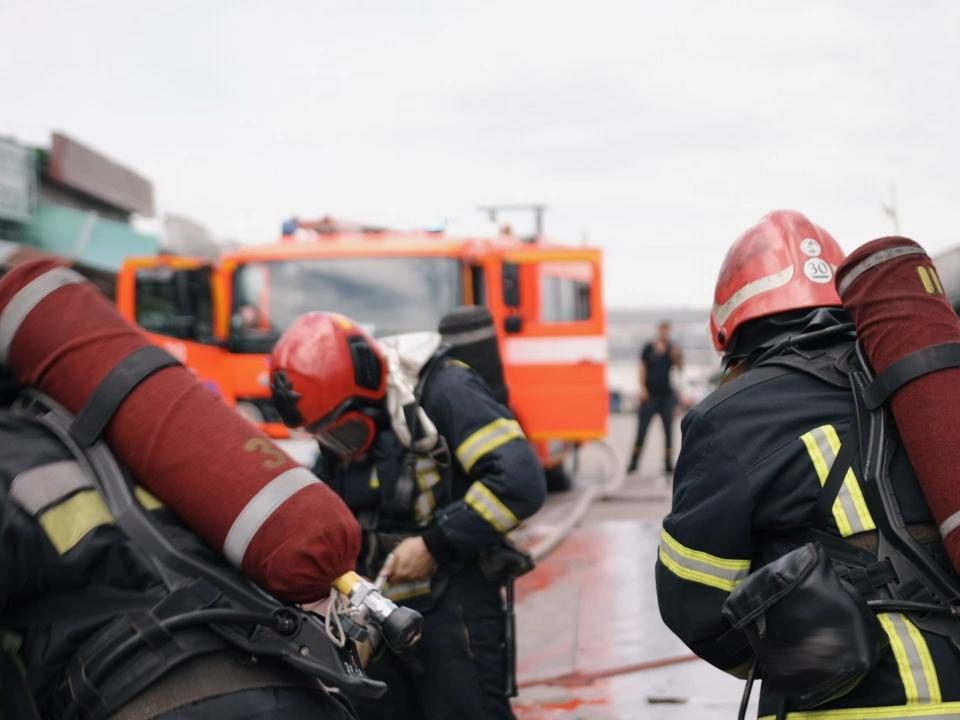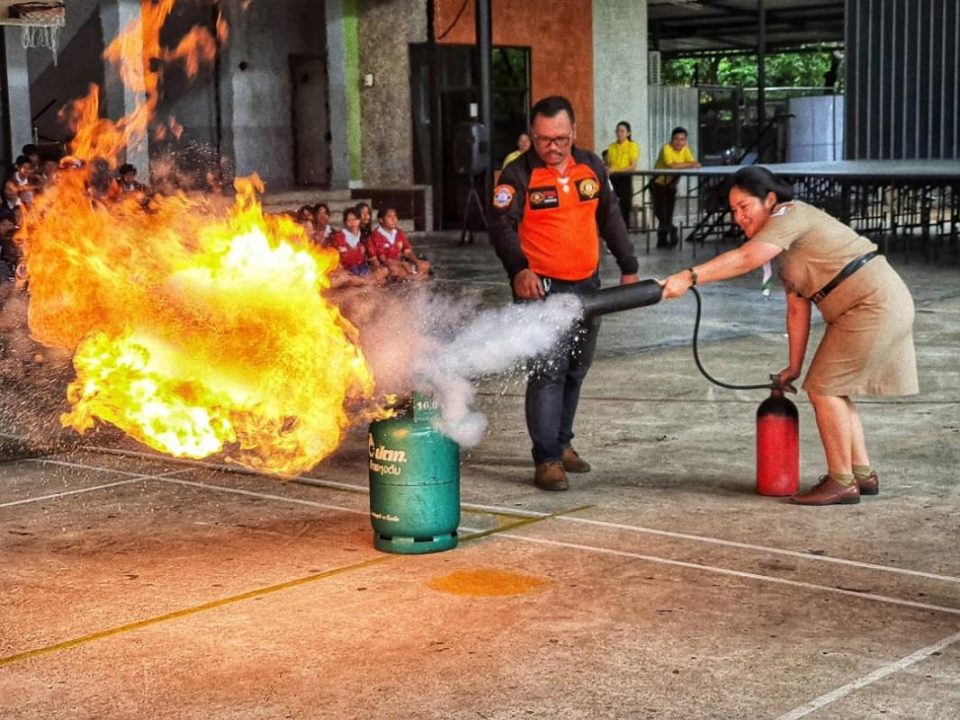Fire Risk Assessment Guide: Conducting a Fire Risk Assessment

Build a Behavior-Based Safety Program in Simple Steps
May 16, 2022
Importance of behavioral-based safety in workplaces
May 30, 2022Fire risk assessments, or fire risk inspections as they’re sometimes called, are conducted to identify risks of fire on business premises. Conducting a fire risk assessment and Process Safety Management Training helps identify any fire hazards that exist within your property and determine the correct method of assessing and eliminating these risks. This fire risk assessment guide is going to explain how to conduct a fire risk assessment for your workplace. It’s going to describe the process and the high-level steps that need to be taken when conducting a fire risk assessment. Fire risk assessments are so important, and not just for legal compliance reasons. A fire risk assessment and Fire Safety Audit can lead to you making changes in your workplace which could reduce the occurrence of fire significantly.
When conducting a fire risk assessment, there are a number of fire risks that need to be taken into account. Conducting a fire risk assessment helps to identify and categorize the possible causes of fire in your place of work or home. This enables you to take action against the riskiest risks that occur which can help to prevent anything from happening. In this guide, we will be taking a look at how to conduct a fire risk assessment at both commercial and residential premises, as well as advice on identifying potential carbon monoxide hazards and how to avoid them.
When discussing fire risk assessments and Fire audits, there are many things that should be taken into account. It is not as simple as just checking a box in regards to the building being up to standard in terms of fire safety regulations. The legally acceptable way of writing these recommendations is a bit more complex. A separate fire risk assessment guide continues to be needed so that risks can be reduced. Owners are also required by many laws to have their buildings and properties regularly checked by fire consultants and technicians. This is not the only precautionary measure related to the issue, though.
How we can help
- Online/onsite training
- Audits and documentation
- Conducting fire safety audits




